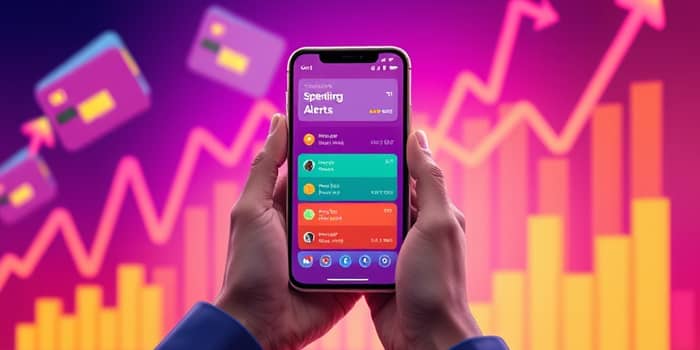
In an age where every tap, swipe, and online purchase can add up faster than we realize, staying on top of your finances is more critical than ever. Customizing card alerts empowers you to become a proactive guardian of your money, transforming passive bank statements into a dynamic, real-time conversation with your spending habits.
Card alerts are instantaneous notifications sent directly to your device whenever activity occurs on your debit or credit card. They are designed to keep you informed, help detect unauthorized transactions immediately, and reinforce disciplined spending by providing real-time feedback on each transaction.
Alerts fall into several categories, each serving a distinct purpose:
Nearly every major bank and card issuer offers robust alert customization within their mobile app or website. Though interfaces vary, the core steps remain consistent:
To illustrate, here’s a quick overview of navigation paths for popular issuers:
While issuer-based alerts excel at immediate transaction monitoring, pairing them with dedicated budgeting apps elevates your financial awareness. Platforms like Monarch Money, Quicken Simplifi, and MyMoney sync with your accounts to provide:
Monarch Money, for example, boasts a 4.9-star average rating from over 28,000 users, a testament to how real-time insights can change spending behaviors. Quicken Simplifi, starting at $3.87/month, brings advanced automation tools, making it easier to predict shortfalls before they happen.
Imagine you’re traveling abroad and forget to disable international purchases. A sudden flurry of foreign transaction alerts stops you in your tracks, prompting you to review unexpected charges before they spiral out of control.
Apple Card offers another compelling use case. Its Wallet app provides an at-a-glance view of weekly and monthly spending with breakdowns by category. Home Screen widgets and push notifications remind users of upcoming payments and balance updates, turning passive monitoring into an interactive habit.
To harness the full power of card alerts, consider these pro tips:
However, remember that alerts are not a replacement for regular statement reviews. They serve as an early warning system, but a thorough monthly reconciliation remains essential. If an alert flags suspicious activity, contact your issuer immediately to freeze the card or dispute unauthorized charges.
Customizing card alerts is a straightforward yet transformative practice. By following the setup guide, integrating with budgeting apps, and applying pro tips, you’ll gain unprecedented visibility into every dollar spent. Start with these steps:
1. Log into your card issuer’s app and explore the alerts section.
2. Enable key notifications: transactions above $50, daily spending total, and security alerts.
3. Download a budgeting app of your choice and sync it with your accounts.
4. Review thresholds monthly and adjust them to match your financial goals.
Financial empowerment begins with awareness. By customizing card alerts, you set up a personalized alarm system that keeps you accountable, prevents surprises, and builds lasting habits of mindful spending. Make the change today and watch your control over money—and your peace of mind—grow.
References













